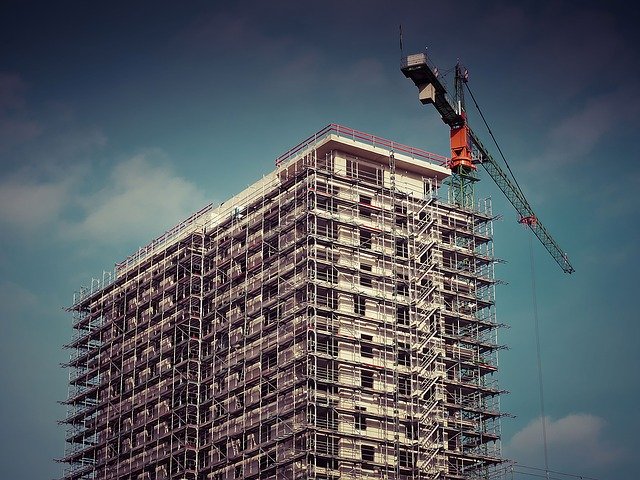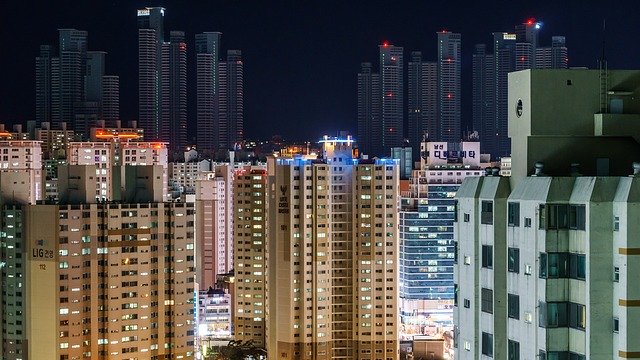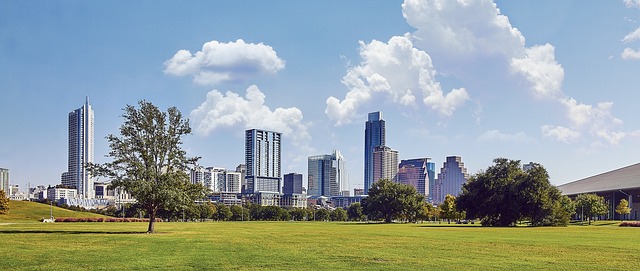With the dramatic rise in multi-family rentals in the United States, tenant retention depends largely on them feeling part of a community. When tenants have a sense of belonging, occupancy has been shown to increase. Millennials and empty nesters make up the majority of multifamily renters and buyers, making landlords, developers, investors, and builders hustling to cater to their specific needs and desires. The extra bells and whistles in multi-family buildings have shown a high return on investment for residents wanting to stay.
One of the main ways landlords can implement a sense of community is through communal gathering spaces. In luxury multi-family buildings in urban areas, many common spaces have state-of-the-art technology to provide entertainment, relaxation, and even private conference rooms and offices. Wifi, outlets, couches, TVs, and more make lobbies often resemble hotels rather than apartments.
A modern apartment building in Charlotte, North Carolina, offers cooking classes for tenants from professional chefs. Some other buildings in urban areas even offer pet bathing and exercise rooms, dry cleaners, private elevators, infinity pools, and more. Gyms have gone from a room with machines to a gathering place for tenants to socialize over fitness classes. Roof decks are now all but required for modern buildings, “decked” out with barbecues, kitchens, and often even pizza ovens, gardens, and infinity pools.
In addition to physical amenities, multi-family units can help facilitate community through hosting special events and meetings. Regular gatherings encourage residents to bond with one another, establishing relationships that make them want to remain there. Events like pool parties, potlucks, outings to locations in the surrounding area and garden plantings have been shown to be successful in bringing people together. Meetings to discuss hopes, ideas, and goals give residents control over their future in the community. Having spaces that encourage interaction make planning events easier for landlords. Using social media to promote these gatherings can keep people engaged. When residents establish personal connections with the property and its other residents, they will more likely stay long term.
Building a residence that functions as a community involves implementing several additions to the property. With social events and luxury amenities, multi-family residents have many ways to feel at home. Feeling part of a community helps residents improve their lives, and ultimately inspires them to stay for the long haul. When it comes to multi-family homes, low turnover is the best way to maintain a sustainable business model.
As much as communities help bolster the life of multi-family properties, those in urban environments crave connection even more. Landlords sometimes expand beyond their management duties and into the realm of event coordinators and event planners. If that’s what it takes to retain tenants in the communities they call home, it is a worthwhile investment.





